Anyone who works with a mobile elevating work platform assumes responsibility – for their own safety, for their colleagues, and for the smooth running of the construction site. To ensure everything runs safely, there are clear regulations in place.
Here you will learn which rules apply, what obligations you have and how to plan your operations in a legally compliant manner.
Why are there special regulations for work platforms?
Aerial work platforms are dangerous work equipment . They lift people to great heights and require special caution. To ensure no one is injured, laws and technical regulations govern their safe use – from training to rescue in an emergency .
The most important regulations at a glance
You must know these regulations when using mobile elevating work platforms:
Industrial Safety Ordinance (BetrSichV)
The BetrSichV regulates the safe operation of work equipment . It requires, among other things:
- Risk assessment by the operator
- Regular inspections with documentation
- Operation only by trained persons
- This operating instruction
Important: Even with rental equipment, the responsibility lies with the user on site – not with the rental company.
DGUV Rule 100-500 Chapter 2.10
It is considered the practical standard for safe operation. Key messages:
- Service only with operator ID
- Daily visual and functional inspection
- Testing of wind, subsoil and slope
- PPE in the work basket is mandatory
- No overloading or lateral force
Tip: Many accidents are caused by improper driving. Working in compliance with DGUV regulations significantly reduces risks.
DGUV Principle 308-008
This rule concerns the training and commissioning of operators. It stipulates:
- Theoretical and practical training
- Proof by operator ID, e.g. SYSTEM-CARD
- Annual instructions
- Written authorization from the employer
Practical: No one is allowed to operate the stage without training – not even “for a short time”.
DGUV Regulation 1
It sets out the general obligations of the employer :
- Provision of safe work equipment
- Organization of first aid
- Use of PPE, emergency lowering and radio communication
- Compliance with traffic routes
Other relevant regulations and standards
In addition to the main rules, additional regulations apply:
TRBS 2121 Part 3
- Applies to work at height
- PPE against falls is mandatory
- Rescue concept required before operation begins
Machinery Directive 2006/42/EC
- Regulates construction and CE marking
- Important: Only use CE-certified machines
DIN EN 280
- Specifies requirements for stability, control and security
- More relevant for the user when comparing devices
Practice: How to implement the regulations
Before use
- Document risk assessment
- Check the location (soil, environment, weather)
- Instruct the operator in writing
- Check platform: visual inspection, functional test, emergency lowering
- Put on PPE and secure it correctly
During the operation
- Always work safely
- Avoid use in wind, rain or on unstable ground
- Maintain visual contact or radio connection
- Only trained persons in the basket
- Do not make any technical changes
After the deployment
- Secure the stage and load if necessary
- Document defects
- Check and store PPE
- Create mission report
Rental stages: What should I pay particular attention to?
All regulations apply without restriction to rental equipment . This means:
- Operators need a valid ID
- The responsibility lies with you as the user
- You must check whether the stage is suitable for use
BIBERGER supports you with instruction, technical checks and, if desired, complete training.
Conclusion: Regulations are your protection
Aerial work platforms are safe – if you follow the rules.
The regulations are not an end in themselves, but rather your safety net on the construction site. The key factors are:
- Training and operator ID
- Regular instructions
- Use PPE
- Plan rescue
- Check stage
Those who are prepared avoid risks – and work professionally and safely.


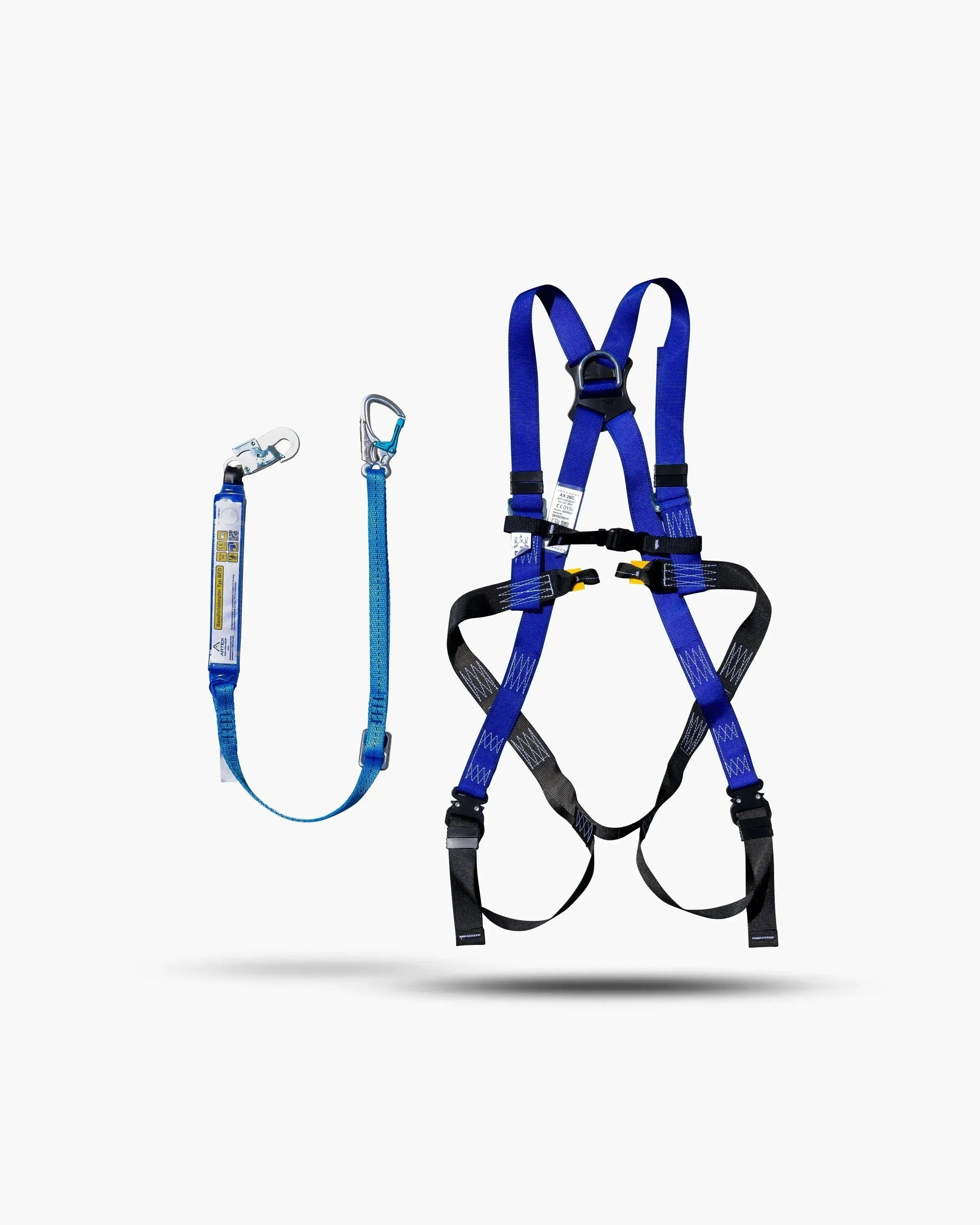




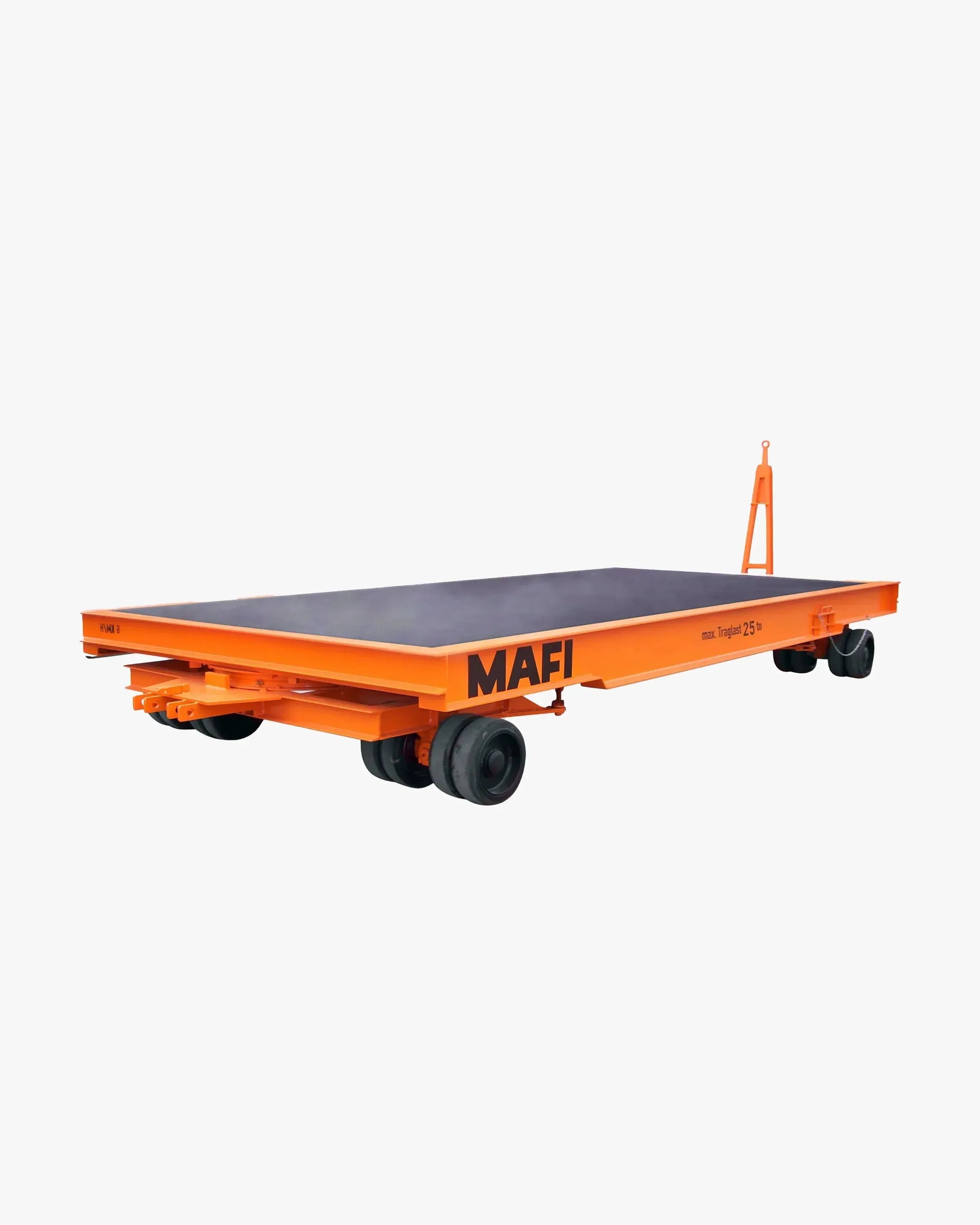
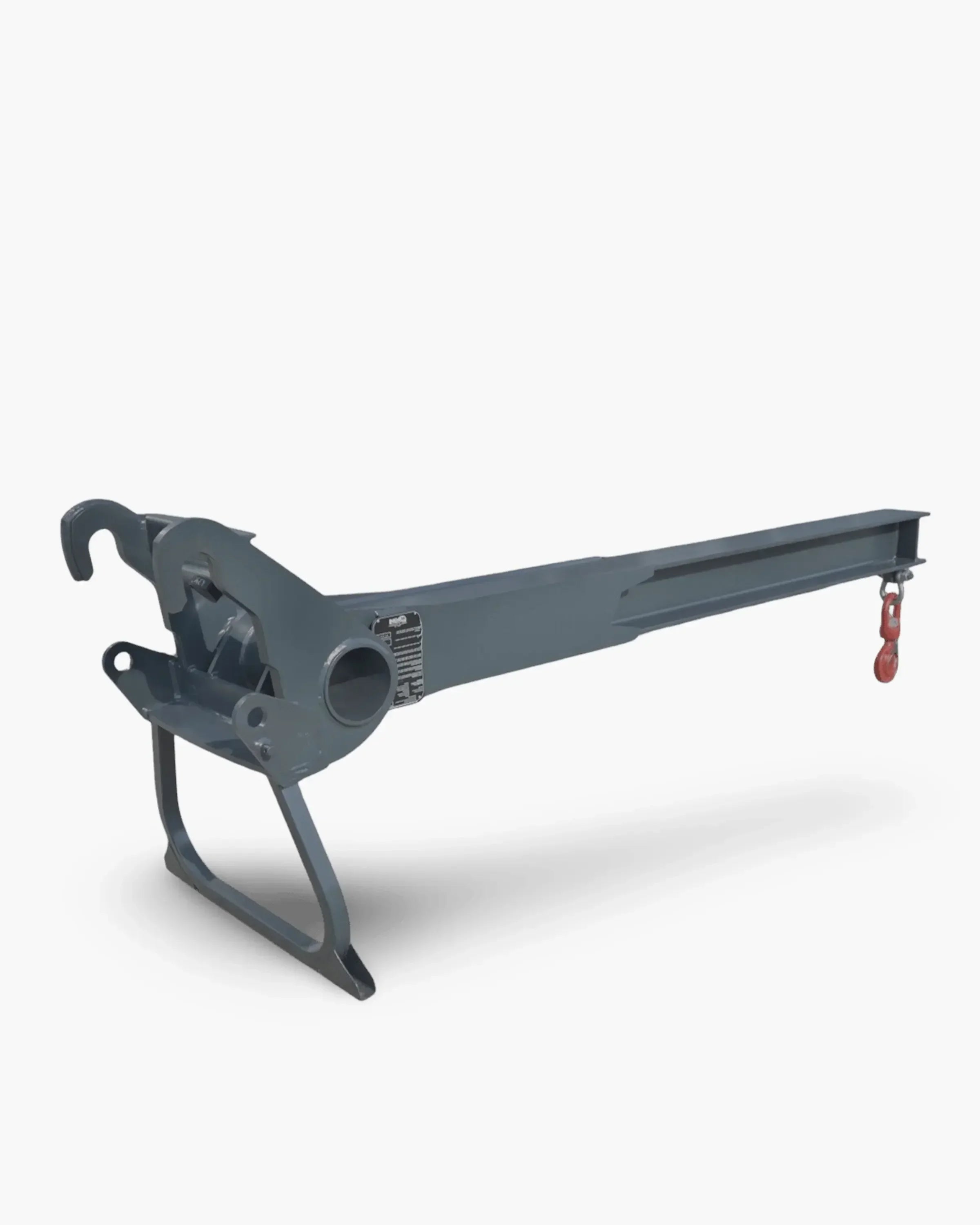
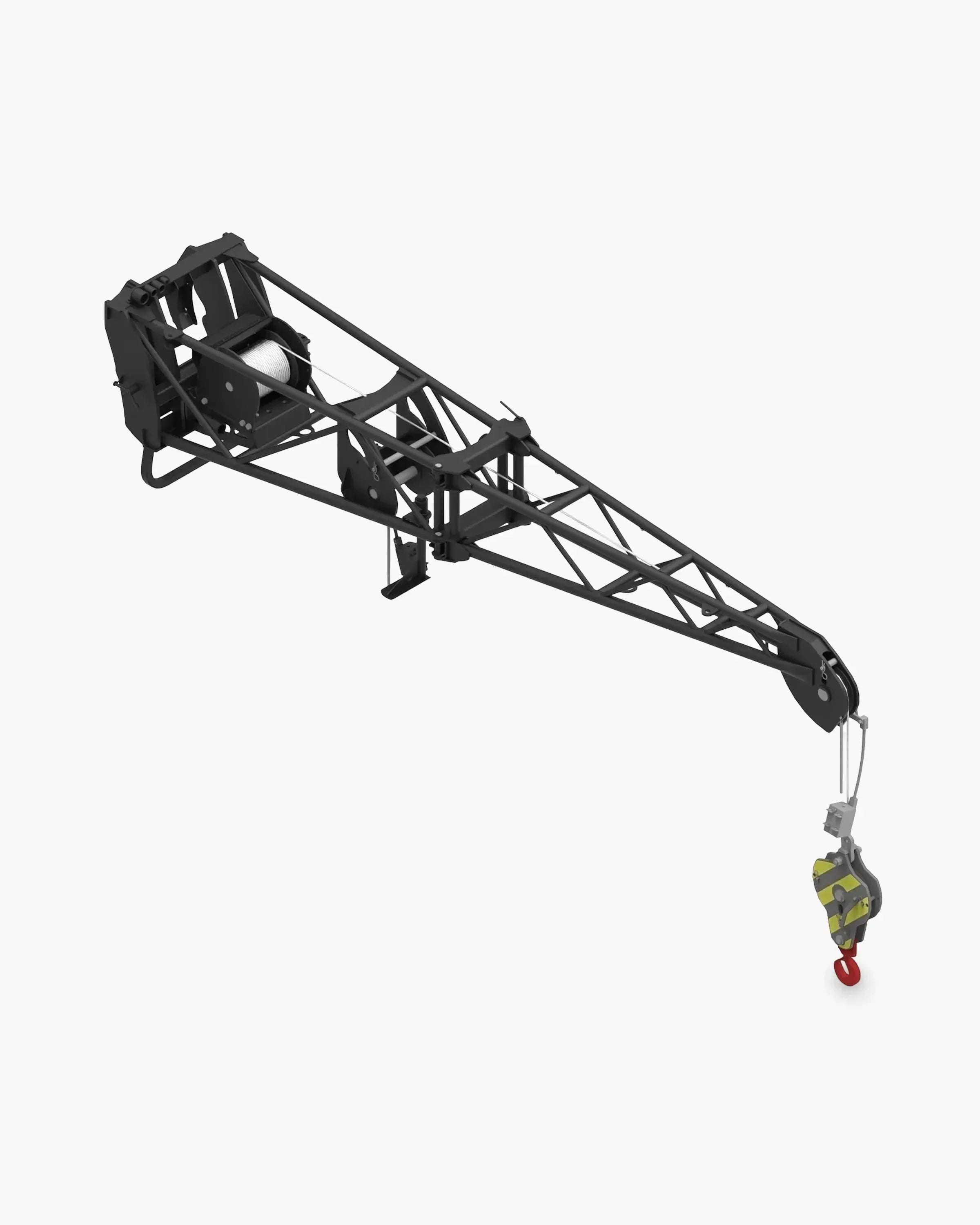
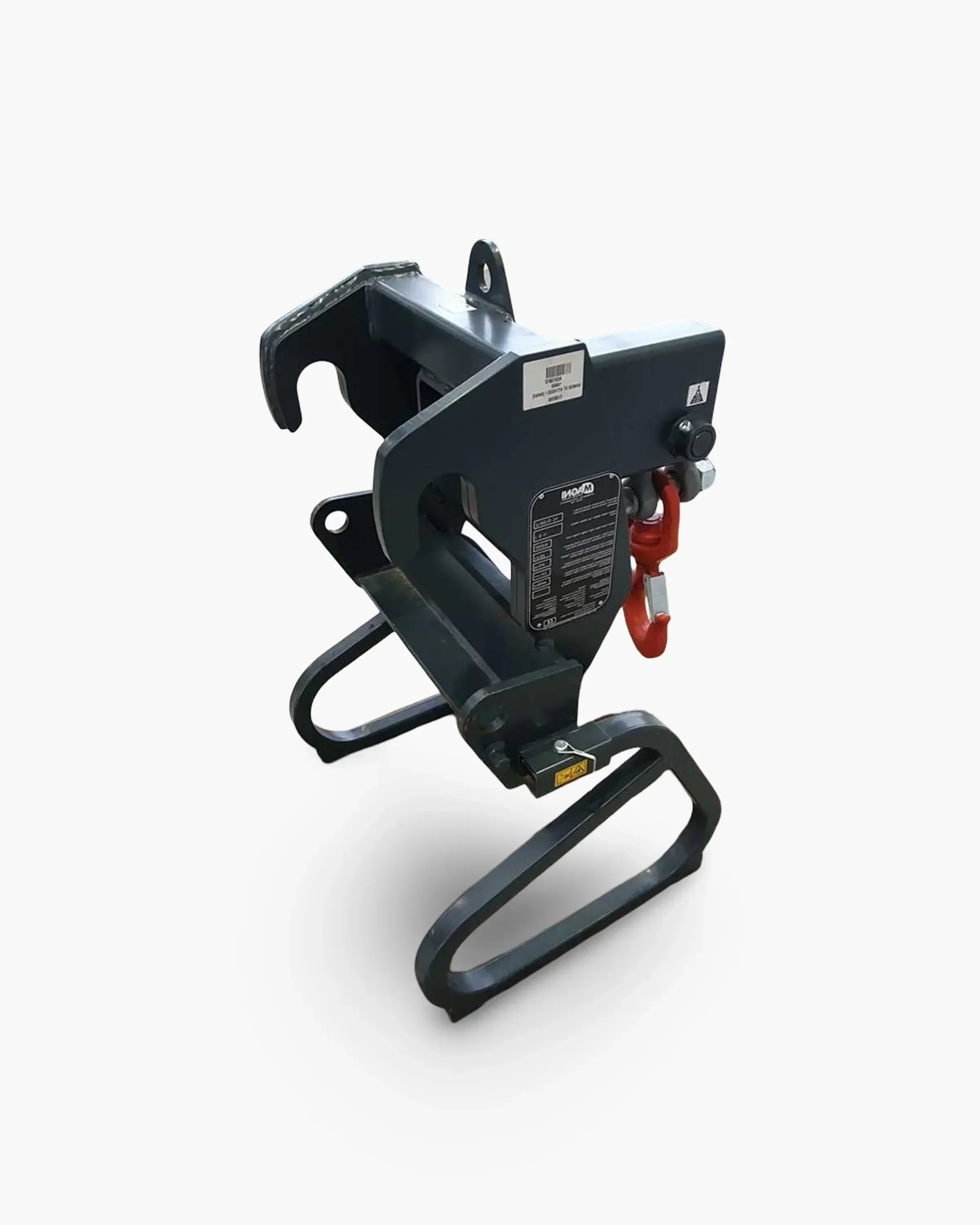

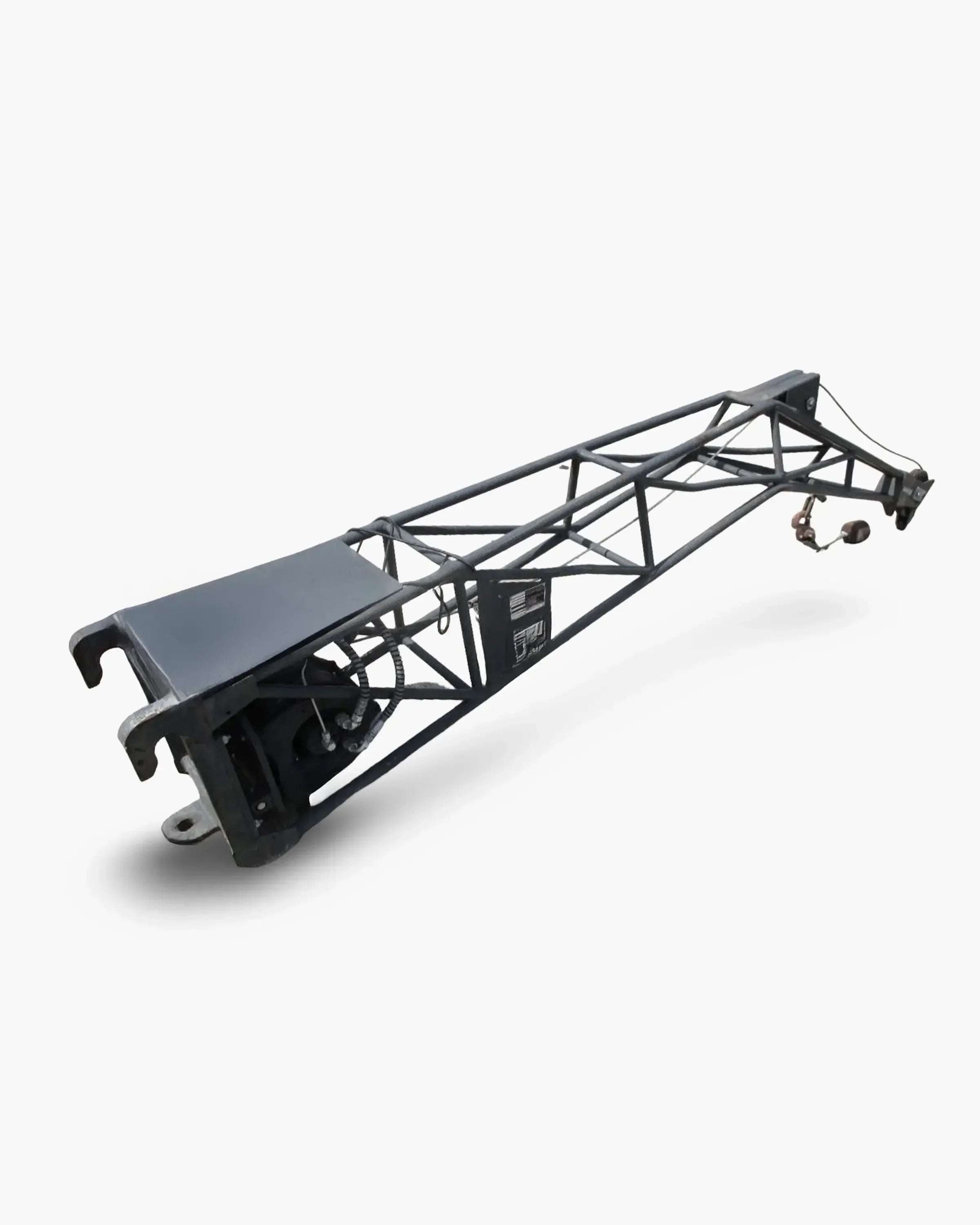
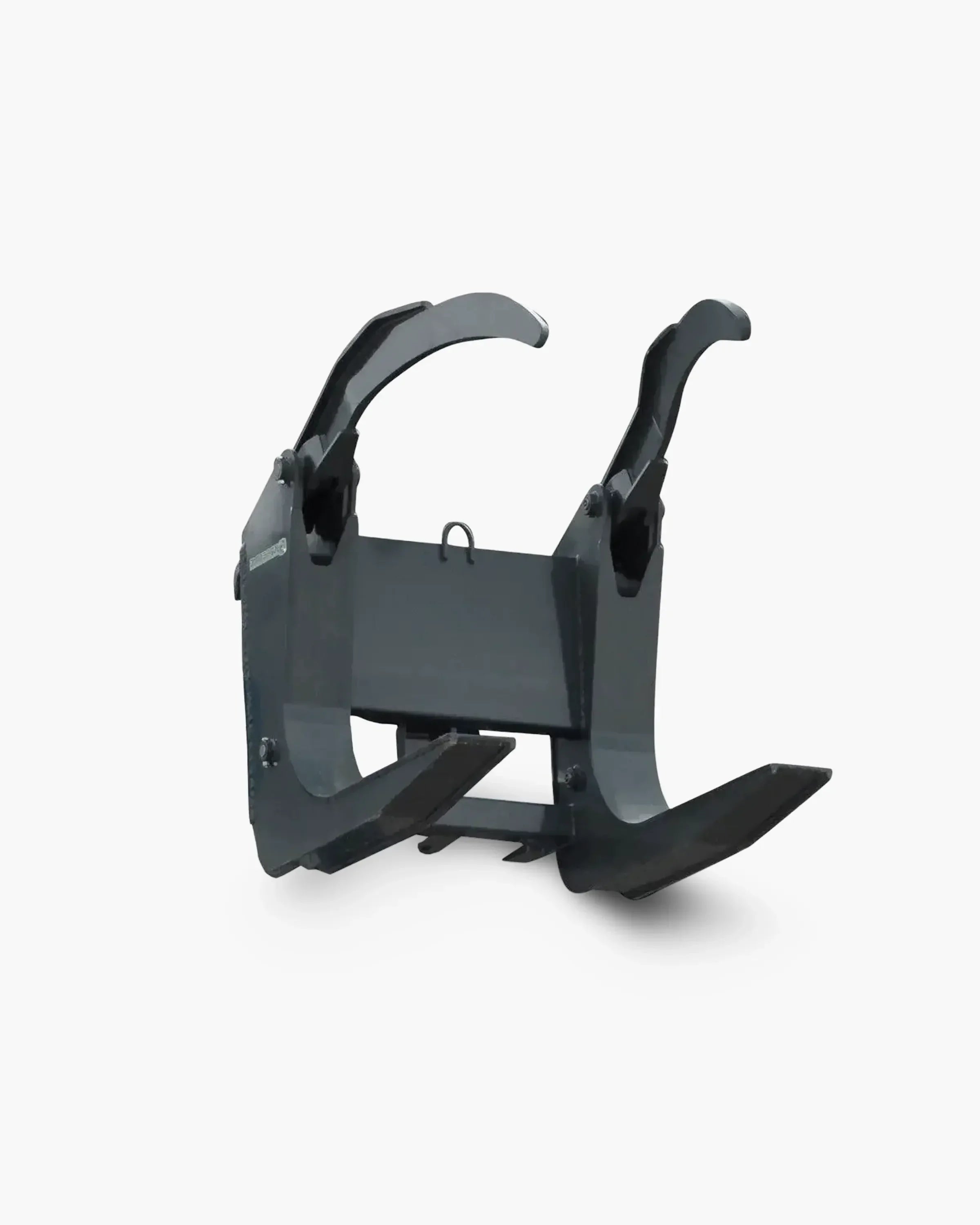
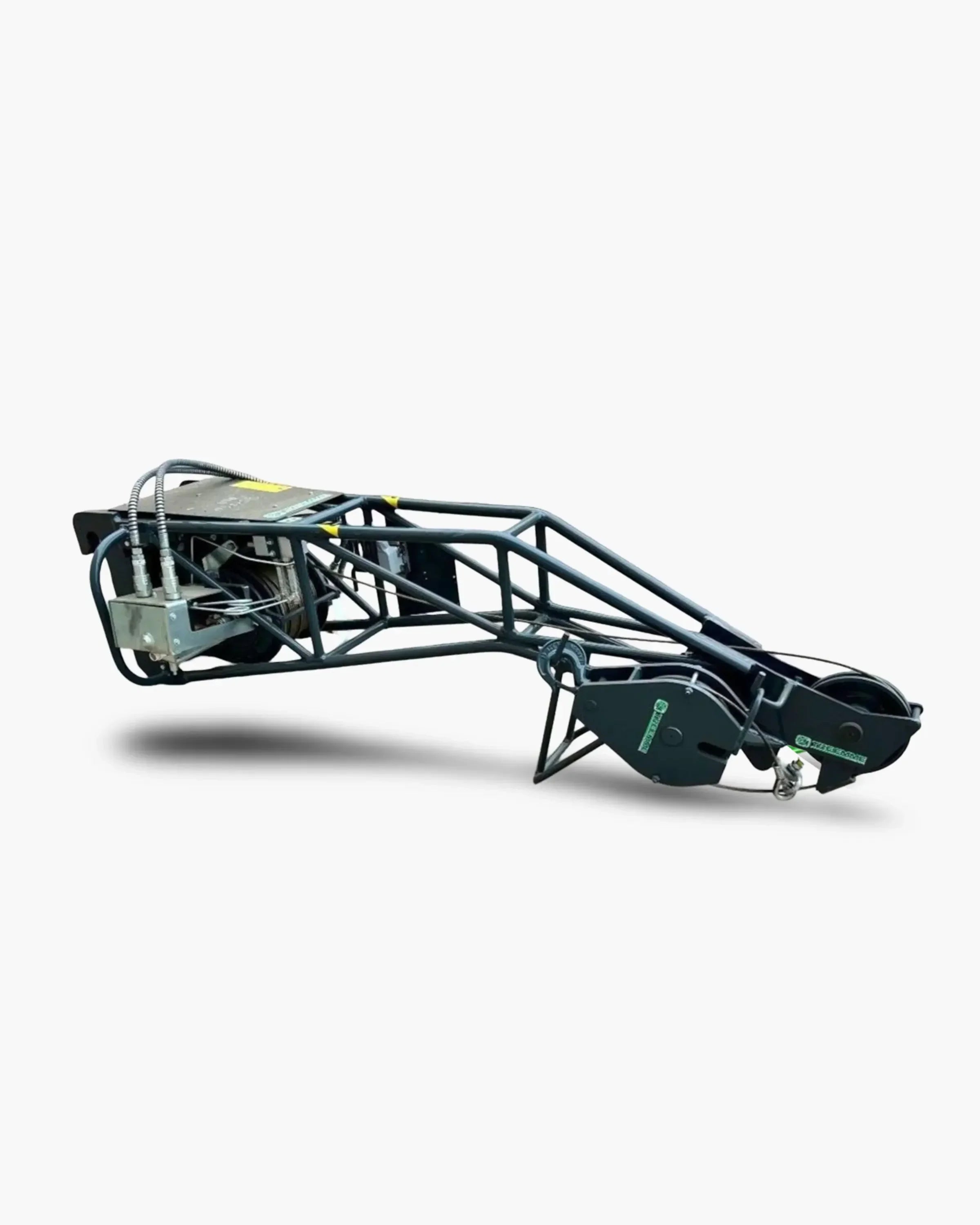

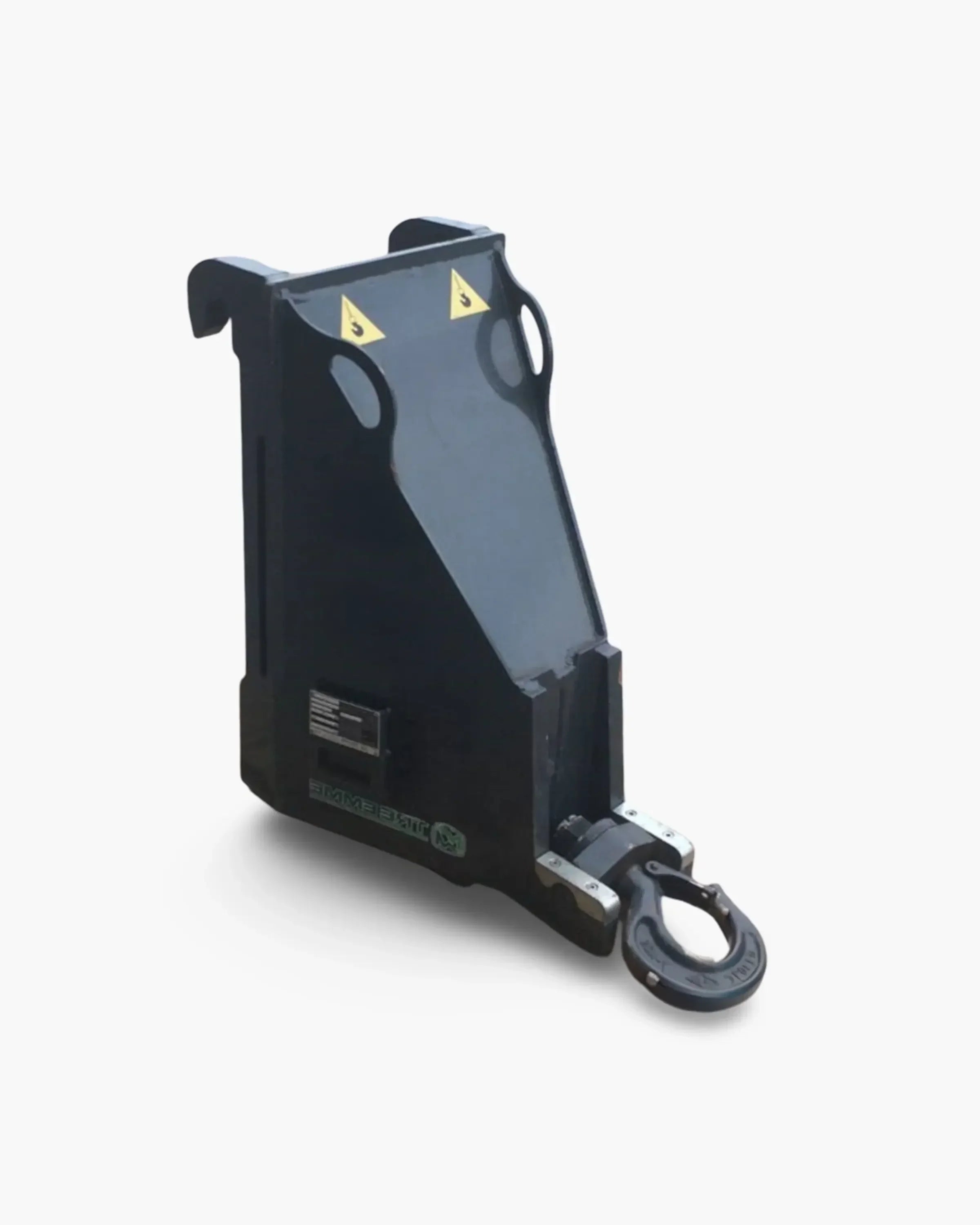
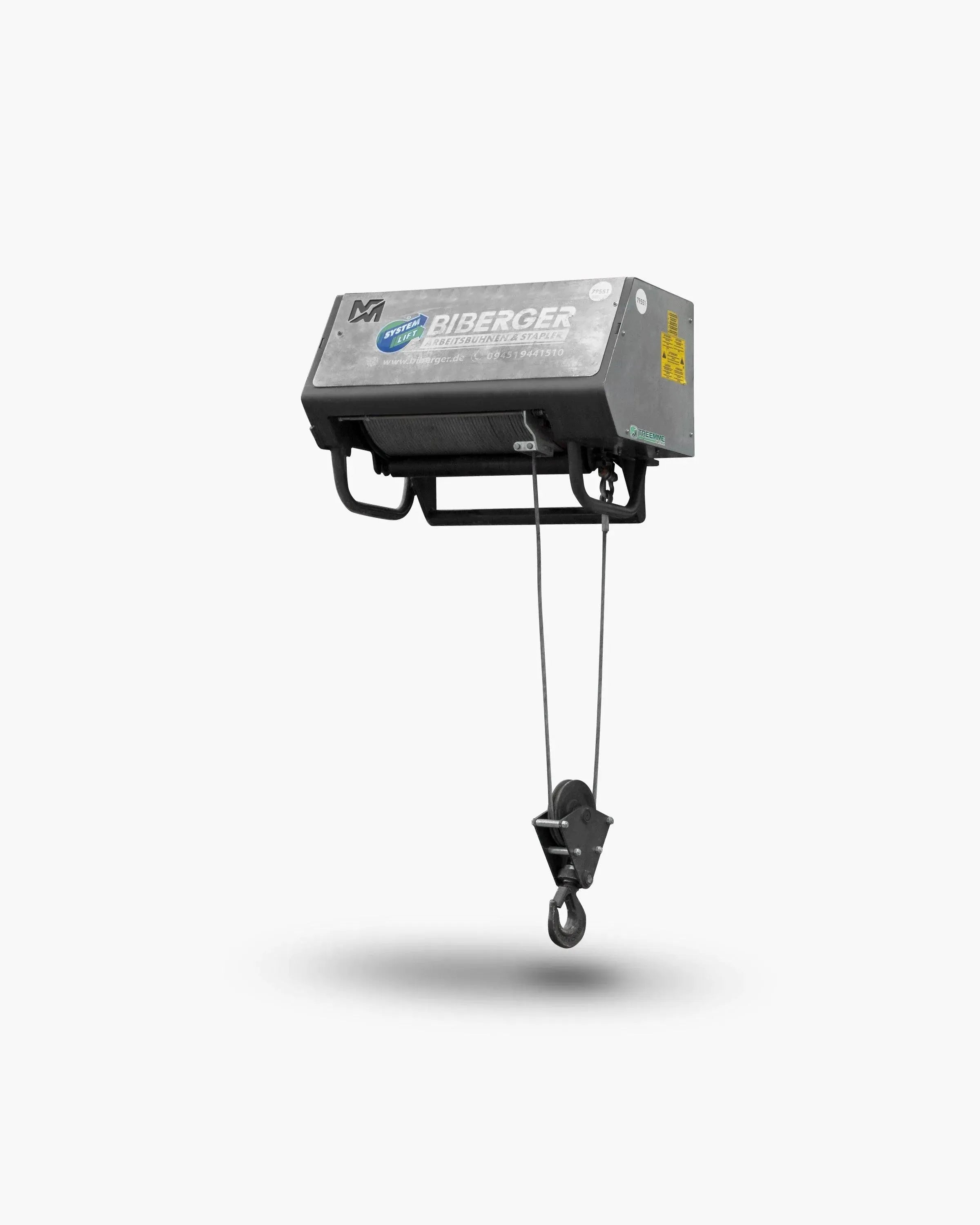
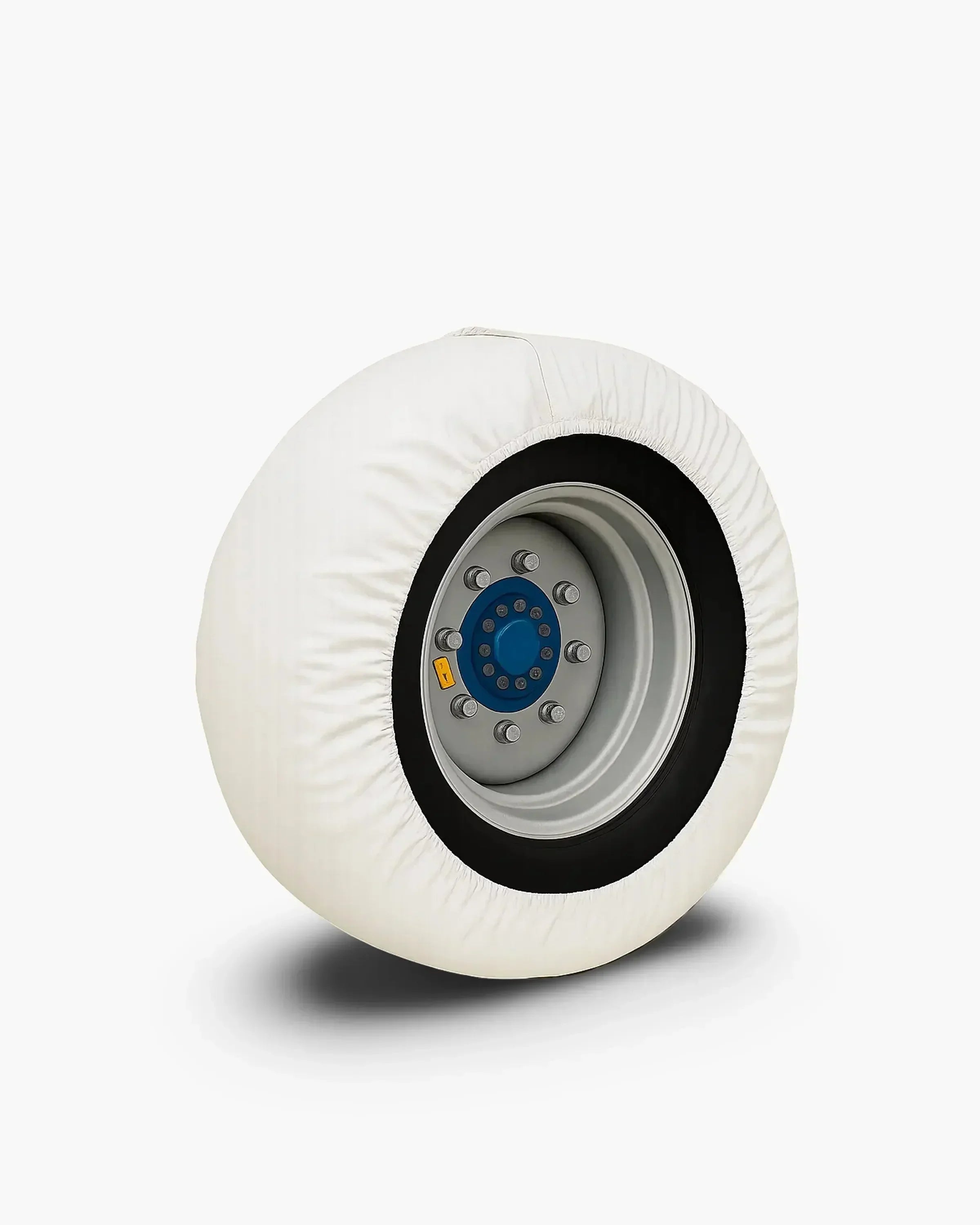


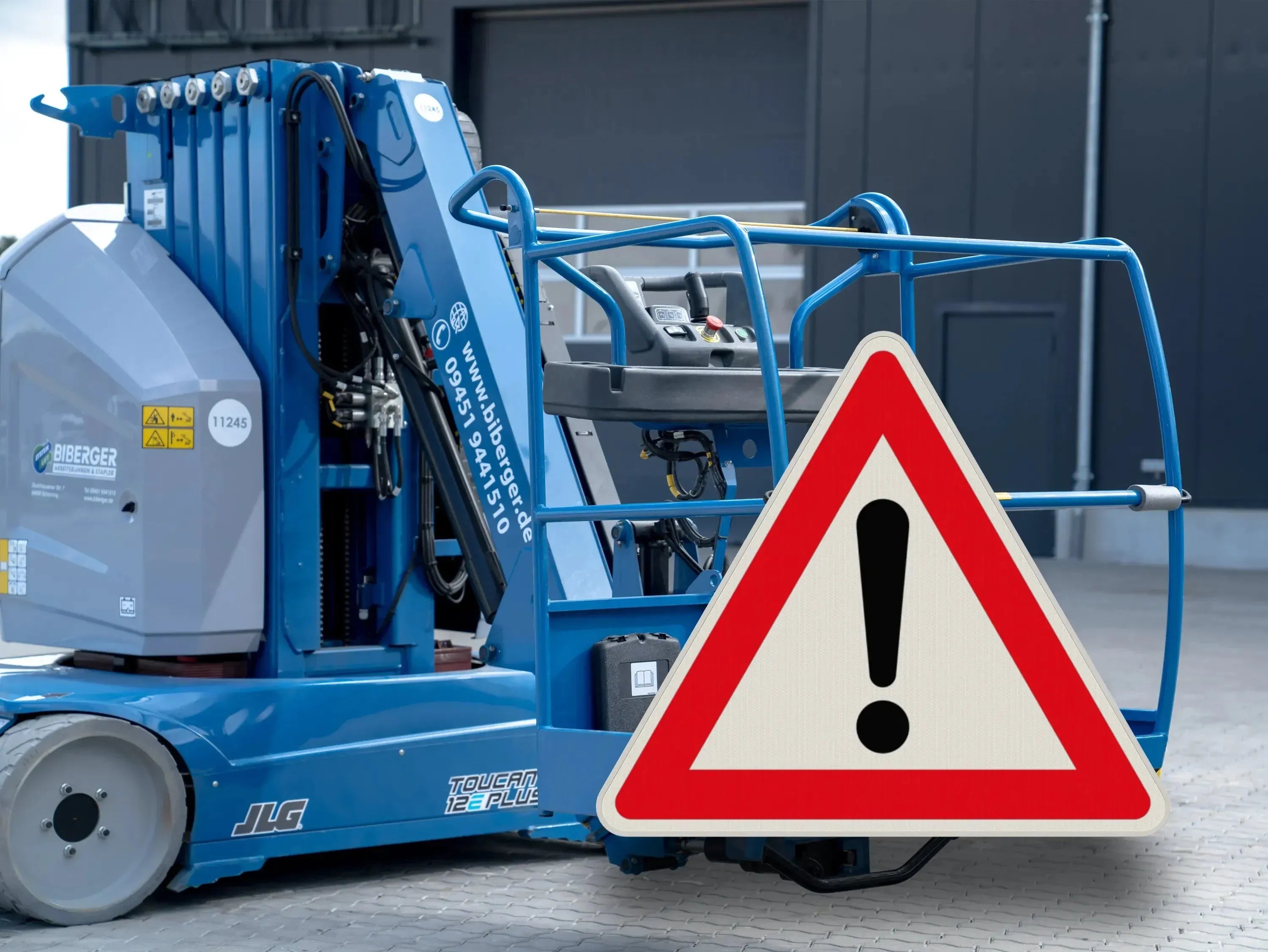

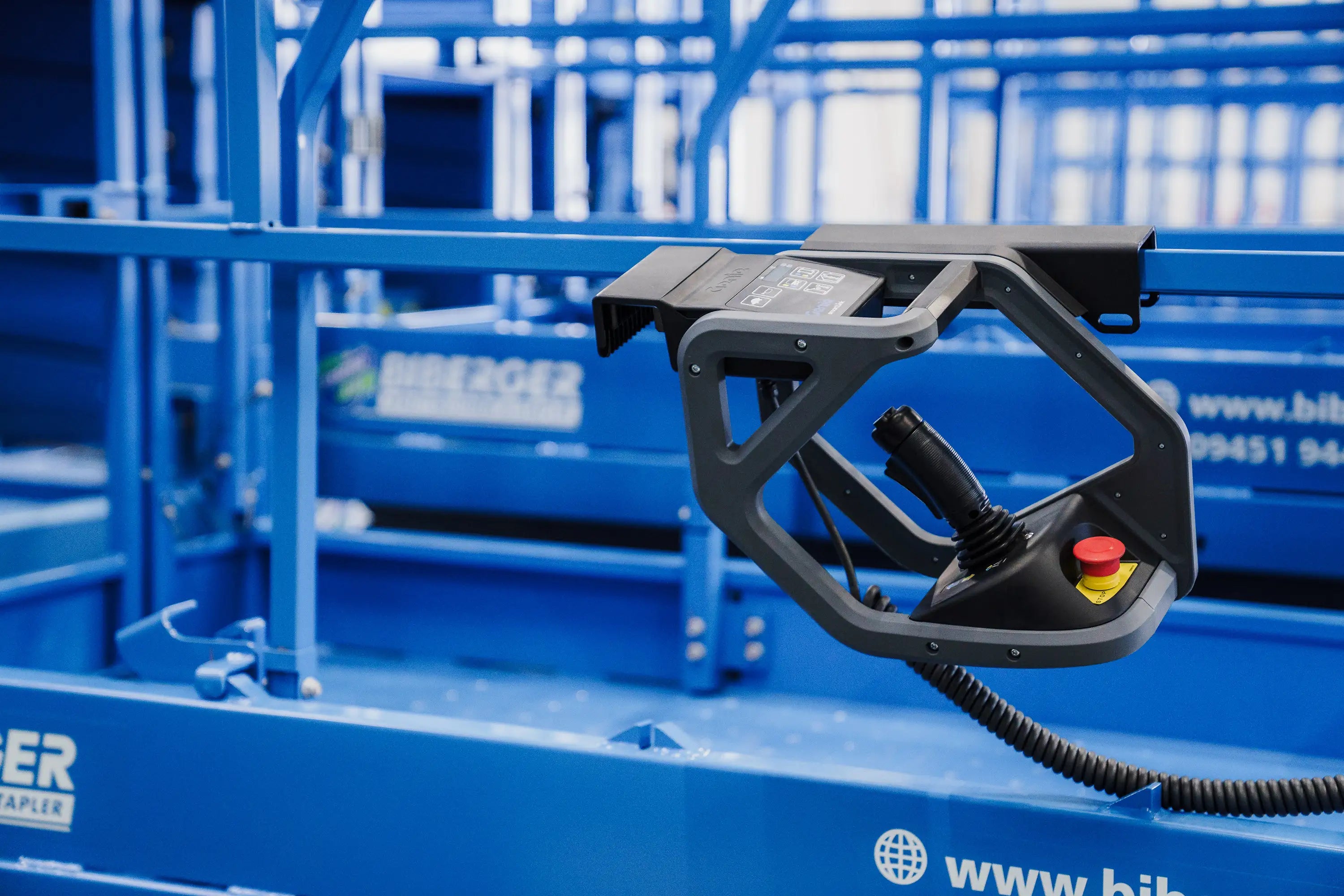
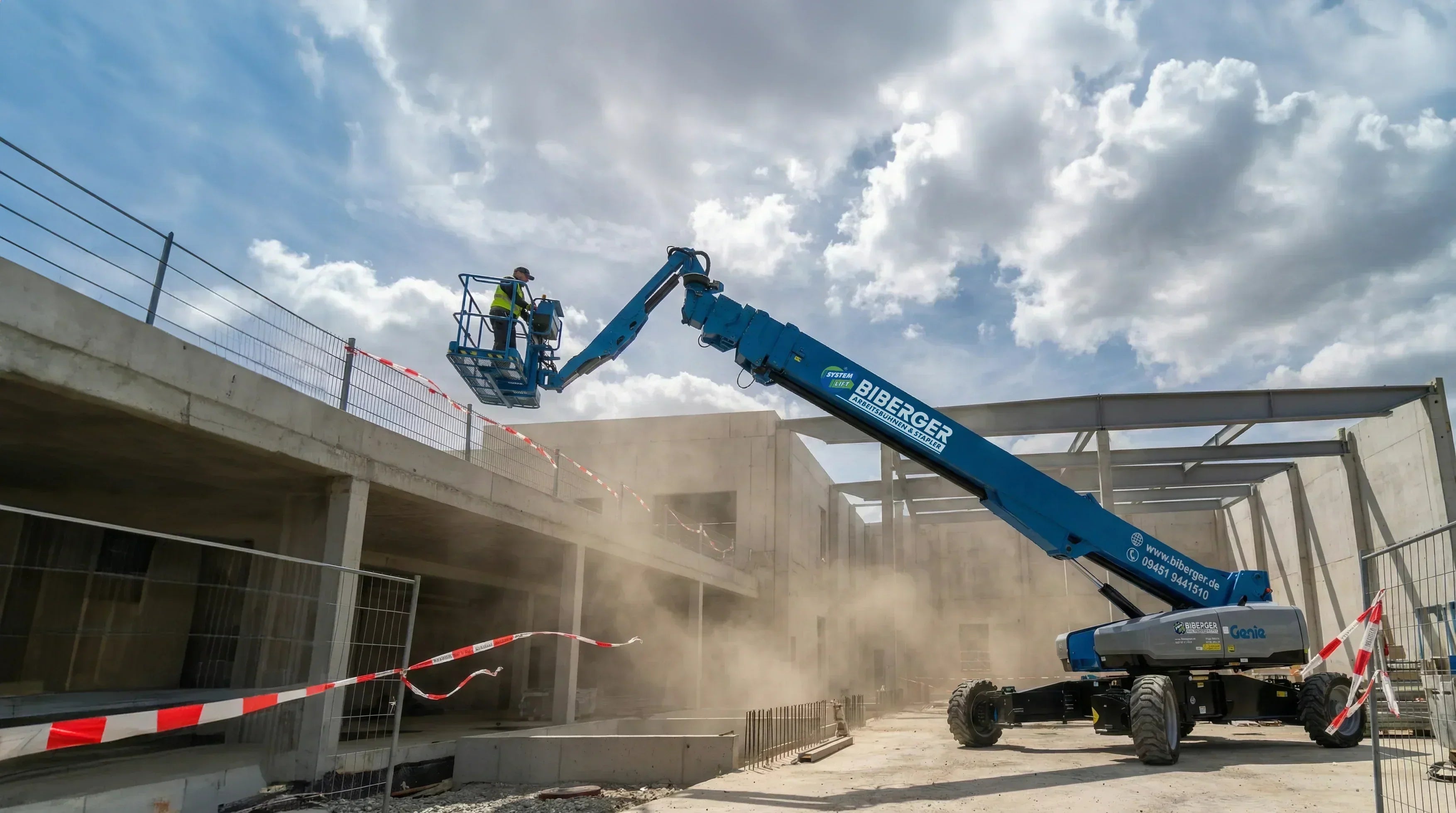

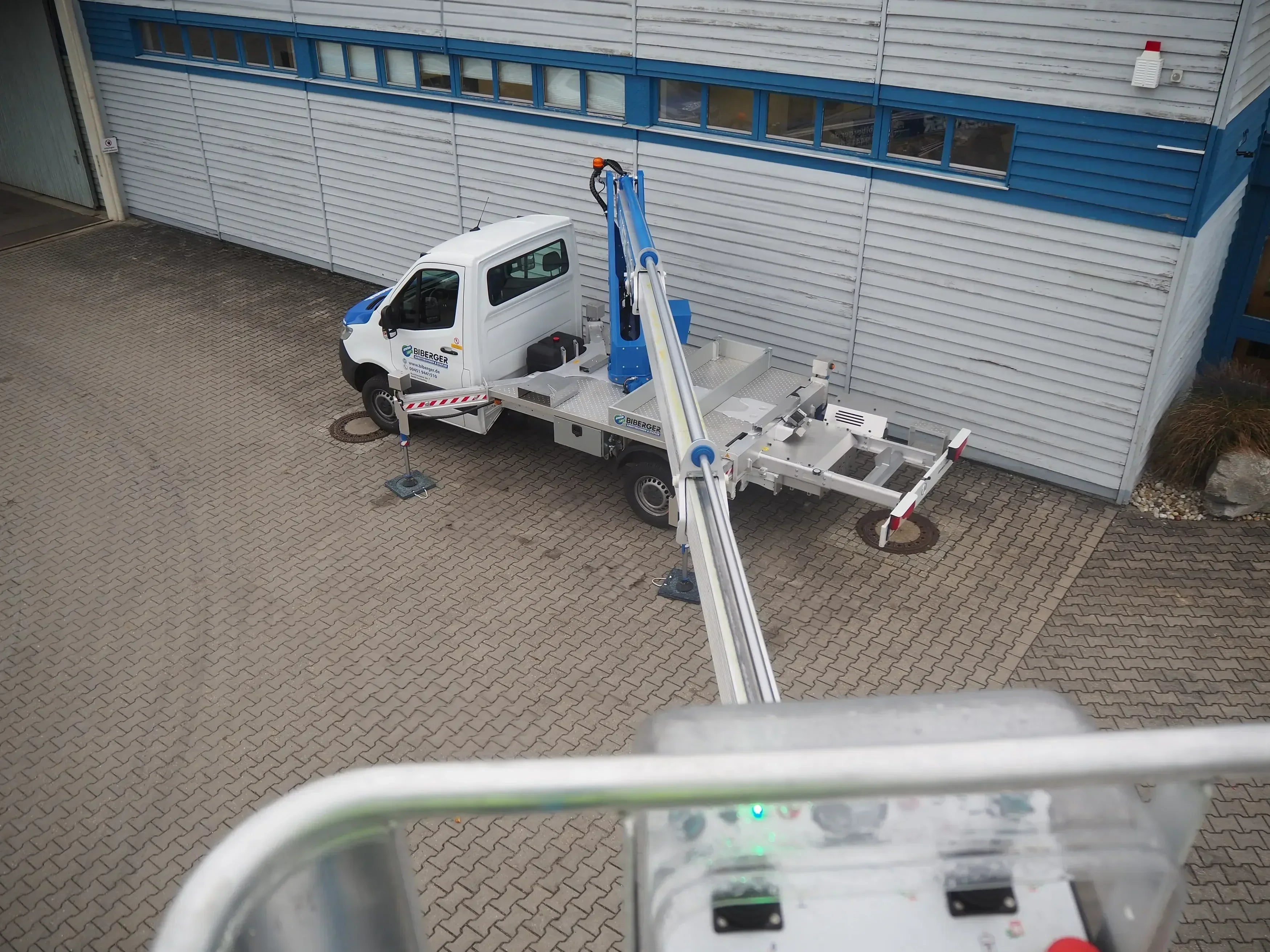
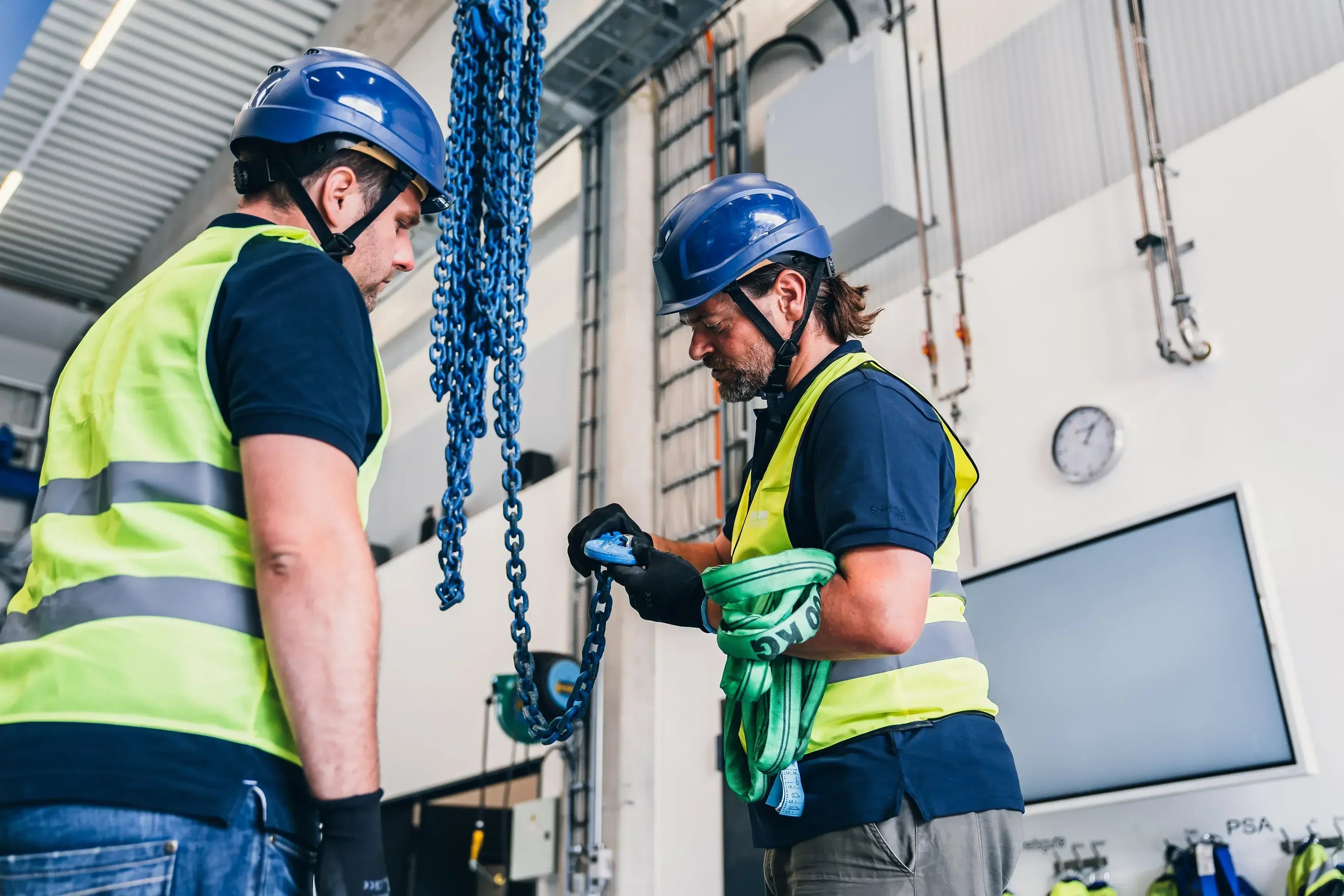

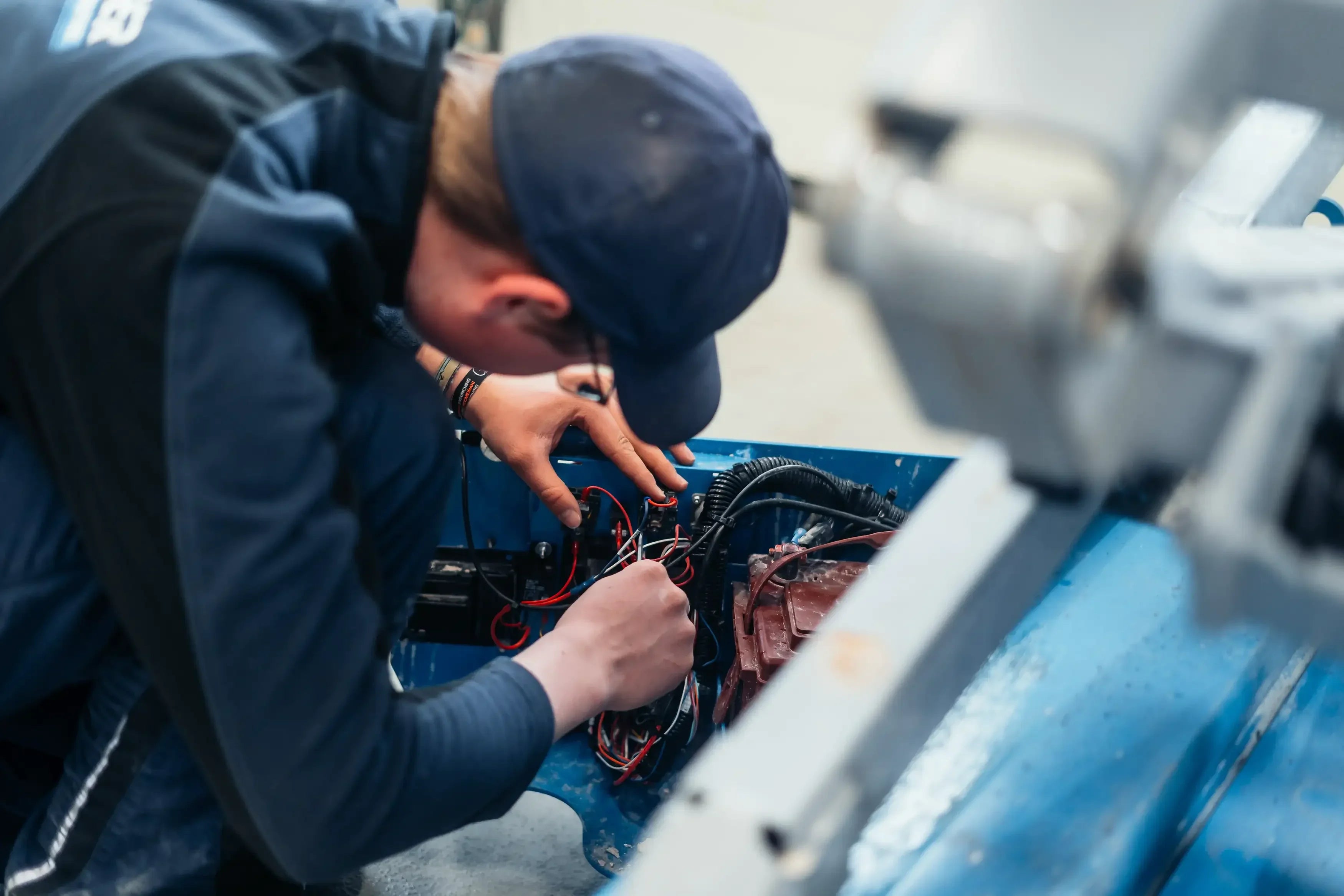
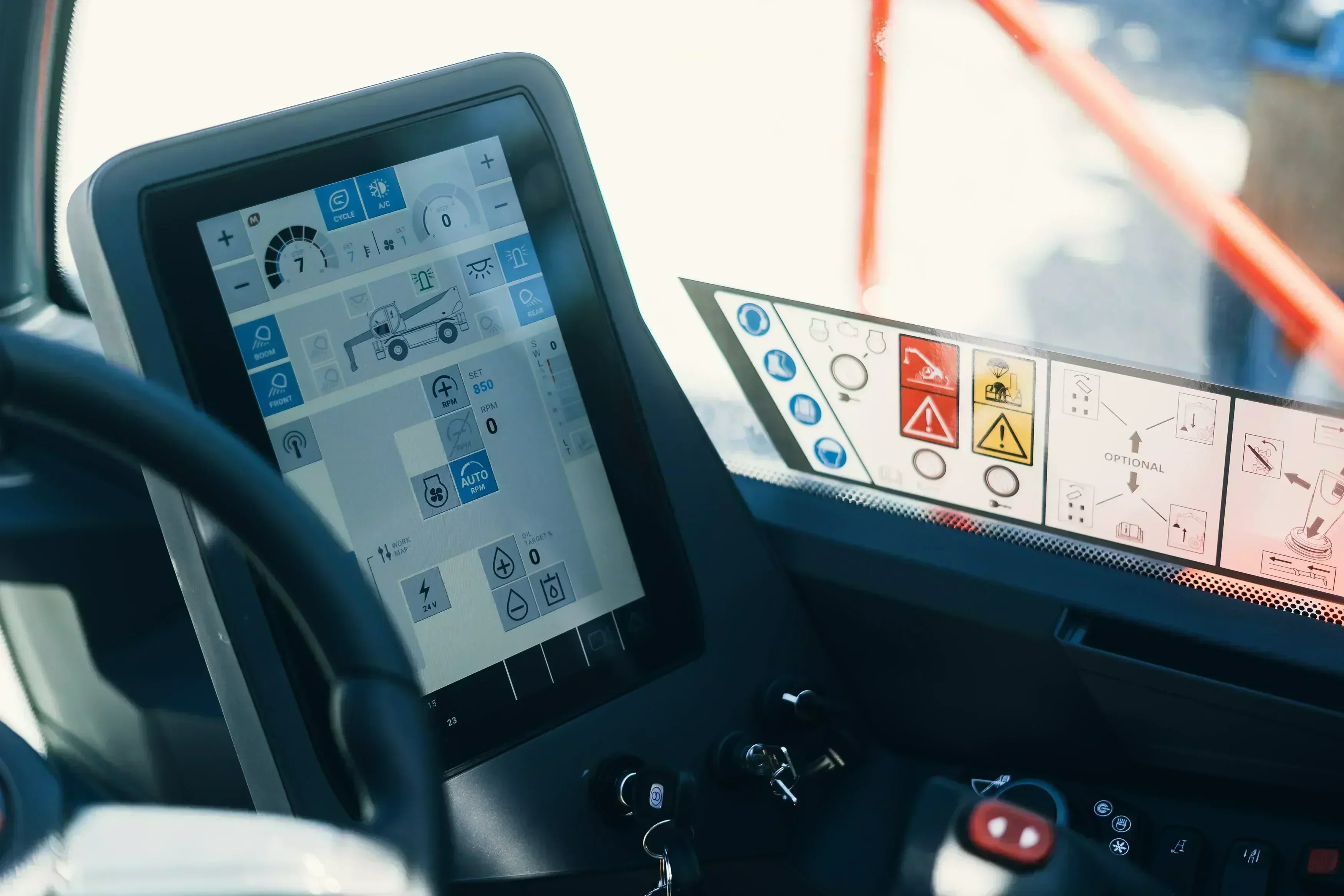






Share:
Can a lifting platform tip over? This is what practice says – and the statistics.
Understanding lifting height: How to choose the right device
Our editorial quality standards
The subject content on biberger.de are editorially created, reviewed, and continuously updated. The basis is our daily work with aerial platforms, telehandlers, and industrial trucks – in rental, sales, operational planning, and technical support.
Each article draws on real-world experience and is editorially reviewed for clarity, accuracy, and practical relevance according to expert criteria. Technical statements are regularly compared against current industry standards and best practices.
The aim of our publications is to make reliable specialist knowledge accessible and to offer guidance to users, decision-makers and industry partners. BIBERGER sees itself as an independent information platform for safe, economical and modern height access technology – well-founded, comprehensible and free from advertising influence.